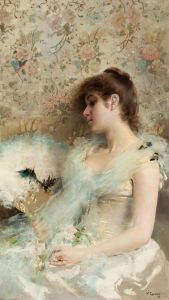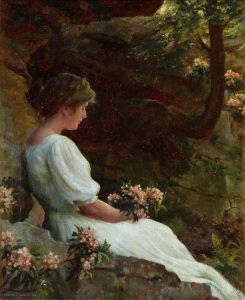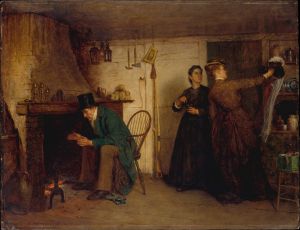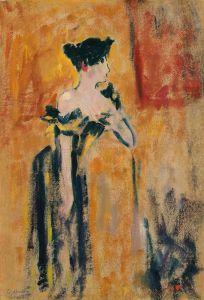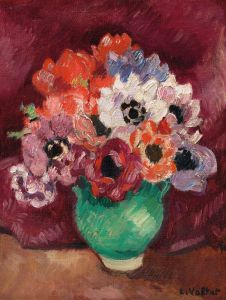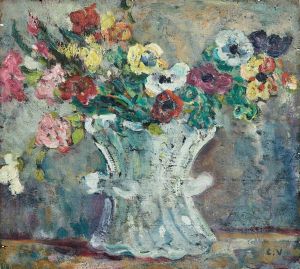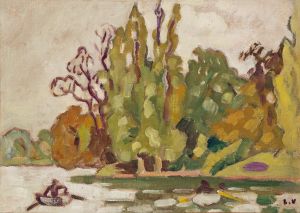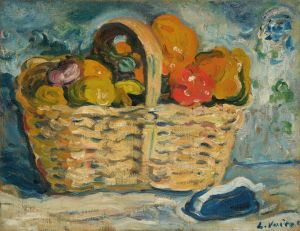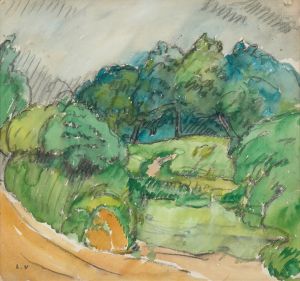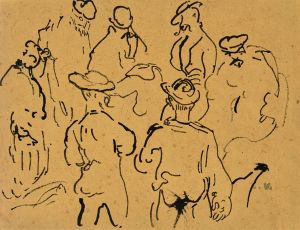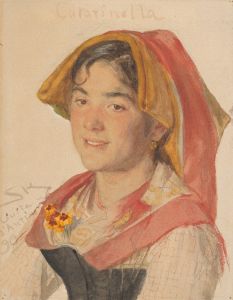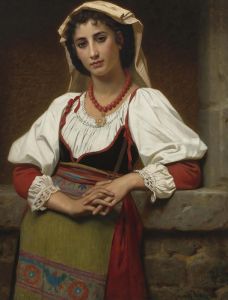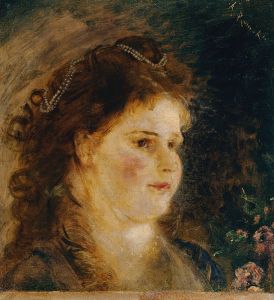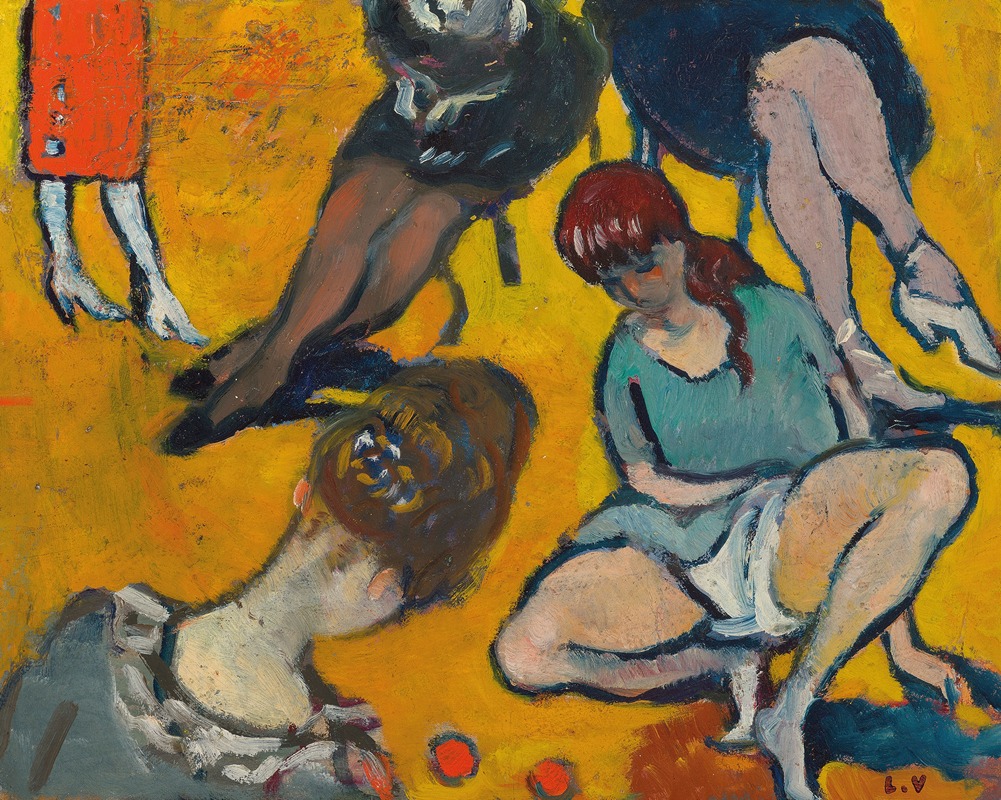
Fillette jouant au bois
A hand-painted replica of Louis Valtat’s masterpiece Fillette jouant au bois, meticulously crafted by professional artists to capture the true essence of the original. Each piece is created with museum-quality canvas and rare mineral pigments, carefully painted by experienced artists with delicate brushstrokes and rich, layered colors to perfectly recreate the texture of the original artwork. Unlike machine-printed reproductions, this hand-painted version brings the painting to life, infused with the artist’s emotions and skill in every stroke. Whether for personal collection or home decoration, it instantly elevates the artistic atmosphere of any space.
Louis Valtat (1869–1952) was a French painter associated with the Post-Impressionist and Fauvist movements. He is known for his vibrant use of color and expressive brushwork, which often depicted landscapes, still lifes, and scenes of everyday life. One of his works, Fillette jouant au bois (translated as "Little Girl Playing in the Woods"), exemplifies his artistic style and thematic focus.
Fillette jouant au bois portrays a young girl playing amidst a wooded setting. The painting reflects Valtat's characteristic use of bold, vivid colors and dynamic composition. The scene captures a moment of innocence and simplicity, with the natural environment serving as a harmonious backdrop. Valtat's brushstrokes are fluid and textured, contributing to the lively and spontaneous feel of the artwork. His approach to color and form aligns with the Fauvist emphasis on emotional expression over realistic representation.
Valtat's career spanned a transitional period in modern art, and his work often bridged the gap between Impressionism and the more experimental styles of the early 20th century. While he was not as widely recognized as some of his contemporaries, such as Henri Matisse or André Derain, Valtat's contributions to the development of modern art remain significant. His works are celebrated for their joyful energy and innovative use of color.
The exact date of creation for Fillette jouant au bois is not widely documented, but it is consistent with Valtat's broader body of work, which often explored themes of leisure, nature, and human interaction. The painting is part of a larger tradition in French art that sought to capture the beauty and tranquility of rural life.
Today, Fillette jouant au bois is appreciated for its artistic merit and as an example of Valtat's unique style. It is housed in a private collection or museum, though specific details about its current location are not readily available in public records. The painting continues to be studied and admired as part of Valtat's legacy within the history of modern art.





